Creative Solutions To Old Home Projects: How To Keep The Character
Topic:
Remodel Old Home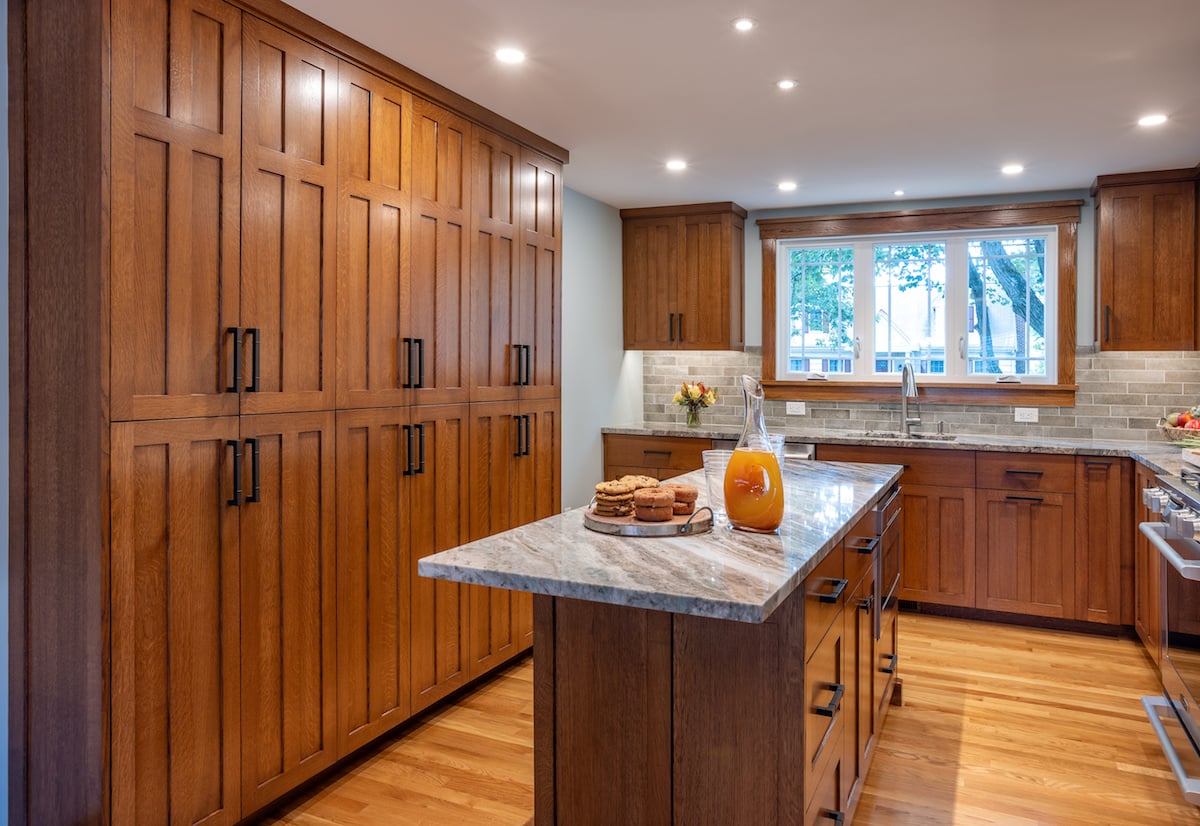
You’ve purchased a stately home in Brookline. It needs some updating, but overall it is a stately colonial home with few glaring issues — except for the kitchen. There was a renovation done in the 1970’s that is retro in all the wrong ways. The question you are left with: How do you keep the character of a beautiful older home, while renovating it for your current needs?
This is a common challenge for New England homeowners — where home styles can range from colonial-era farmhouse to Craftsman bungalow, to mid-century modern coastal home, to name just a few. Keeping the character of your home does not have to mean adherence to features and finishes only original to the time period in which it was built. There are many ways to creatively update an older home and keep the character of the home intact.
Blending Elements to Create Harmony, Not Discord
In the Brookline example above, a “modern” kitchen was unceremoniously plunked down in the middle of a grand center hall colonial. It was a bad fit.
But there are ways to blend new elements in with old home construction and the charm and character it evokes. There are ways to nod to a certain era — say a Queen Anne or colonial-era home that may have a lot of heavy and ornate molding features — without adding more heaviness to the look and feel of the newly renovated home. It’s about creating a timeless look that blends with the style of your home. That sounds amazing, right? But how do you achieve that? Here are some examples from some recent projects.
Cabinetry
Cabinetry can be a perfect way to blend old and new elements of a home, creating modern spaces while keeping them infused with the original character that attracted you to the home in the first place. Timeless construction will not feel dated.
The Classic Shaker Door
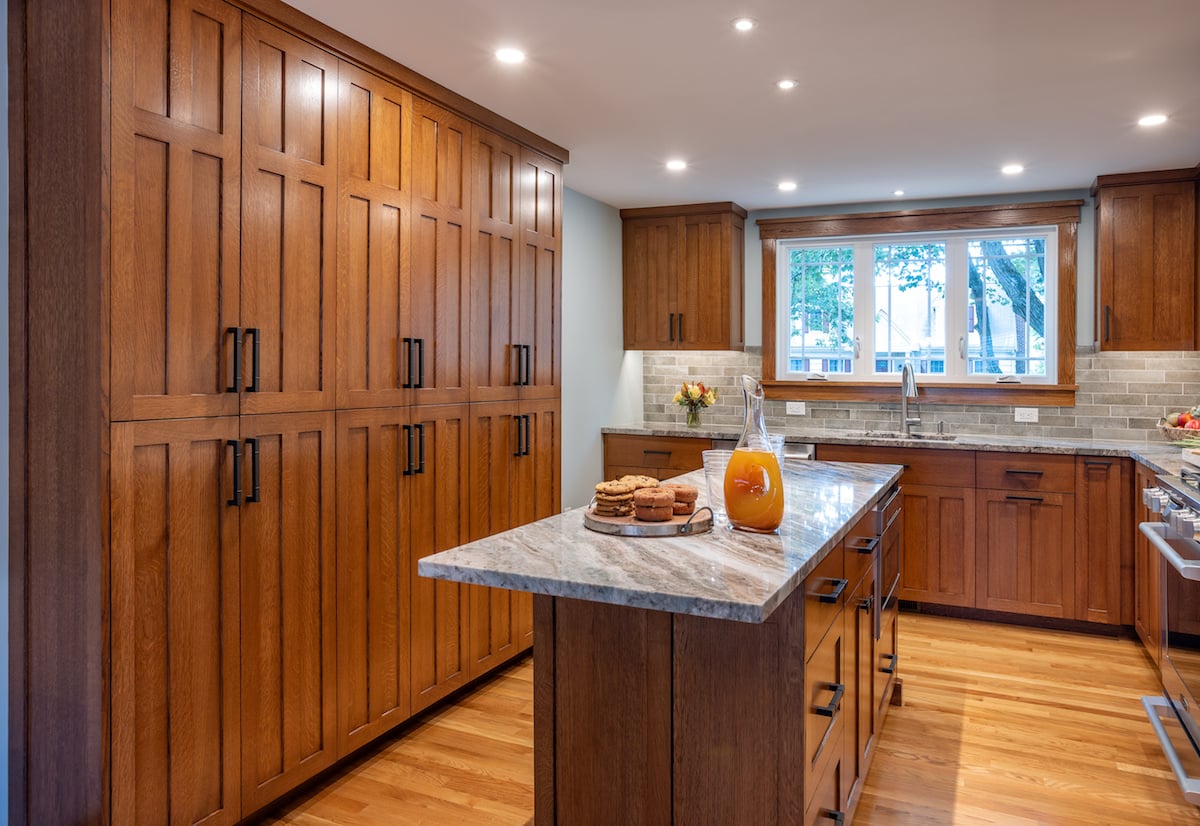
In a 1930s home replete with Craftsman-era details, the kitchen cabinets required a true Shaker door to match the clean lines and respect toward the maker typical of Craftsman architecture and finishes. The kitchen pictured above won an award recently. We chose a traditional Shaker cabinet front, which can be recognized by the center stile in each door, creating two panels instead of one large flat panel in the cabinet door.
Mid-Century Home Kitchen
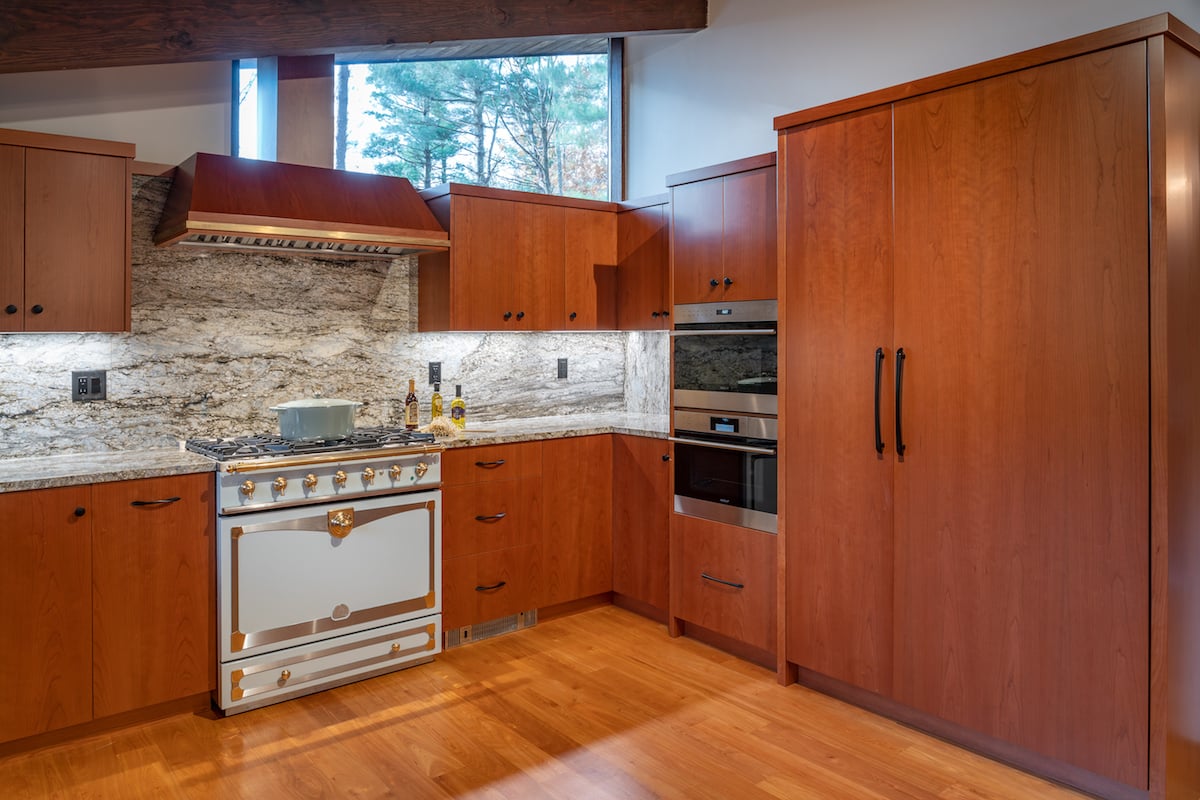
The challenge here was not only to create cabinetry that would respect the mid-century modern aesthetic, but to make sure the wood tones did not create an environment that was too dark. There was also a beloved range and oven, which meant we had to blend in the gold tones of the knobs and other details on the stove and keep the mid-century vibe intact. To lighten the space, we chose a light granite that we took right up the wall as a backsplash.
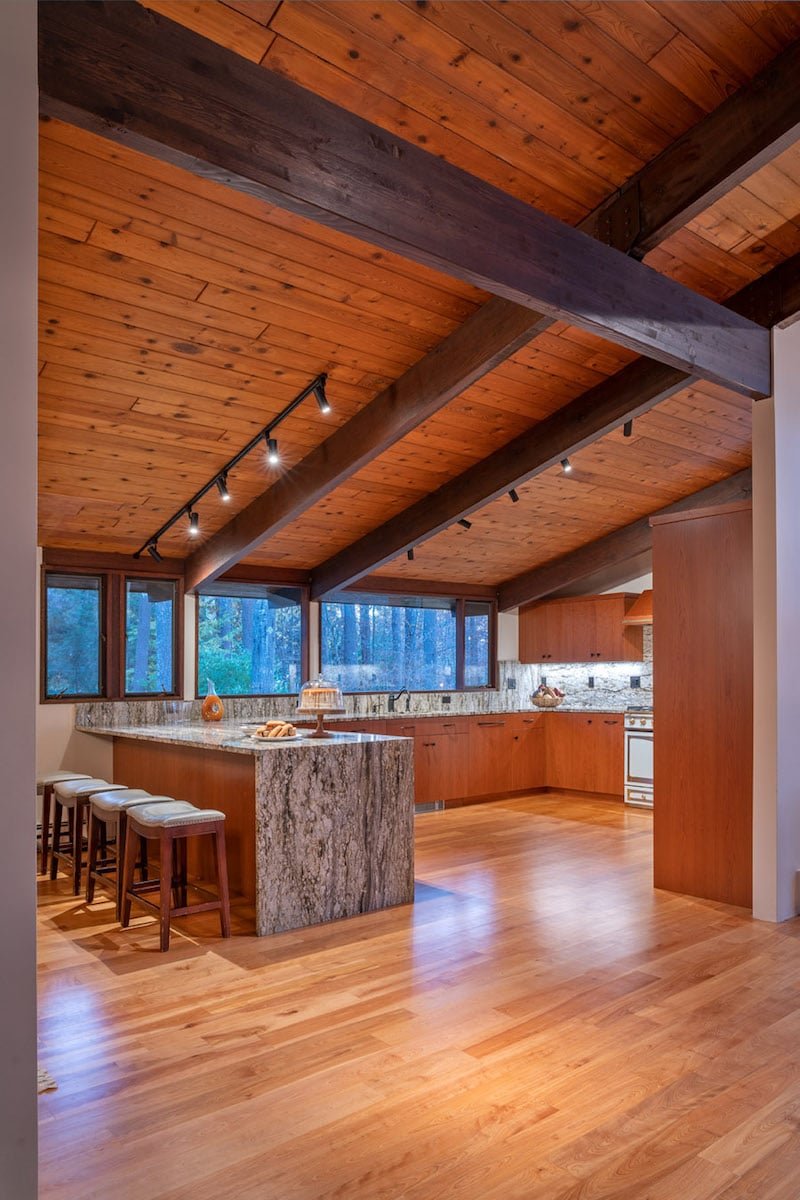
Trim work
Baseboards, crown moldings, and door frame trim can have very distinctive features from a given era. A good millwork company can make an exact replica or trim work that hearkens to the original to create the perfect blend of old and new.
Craftsman-Mission Details
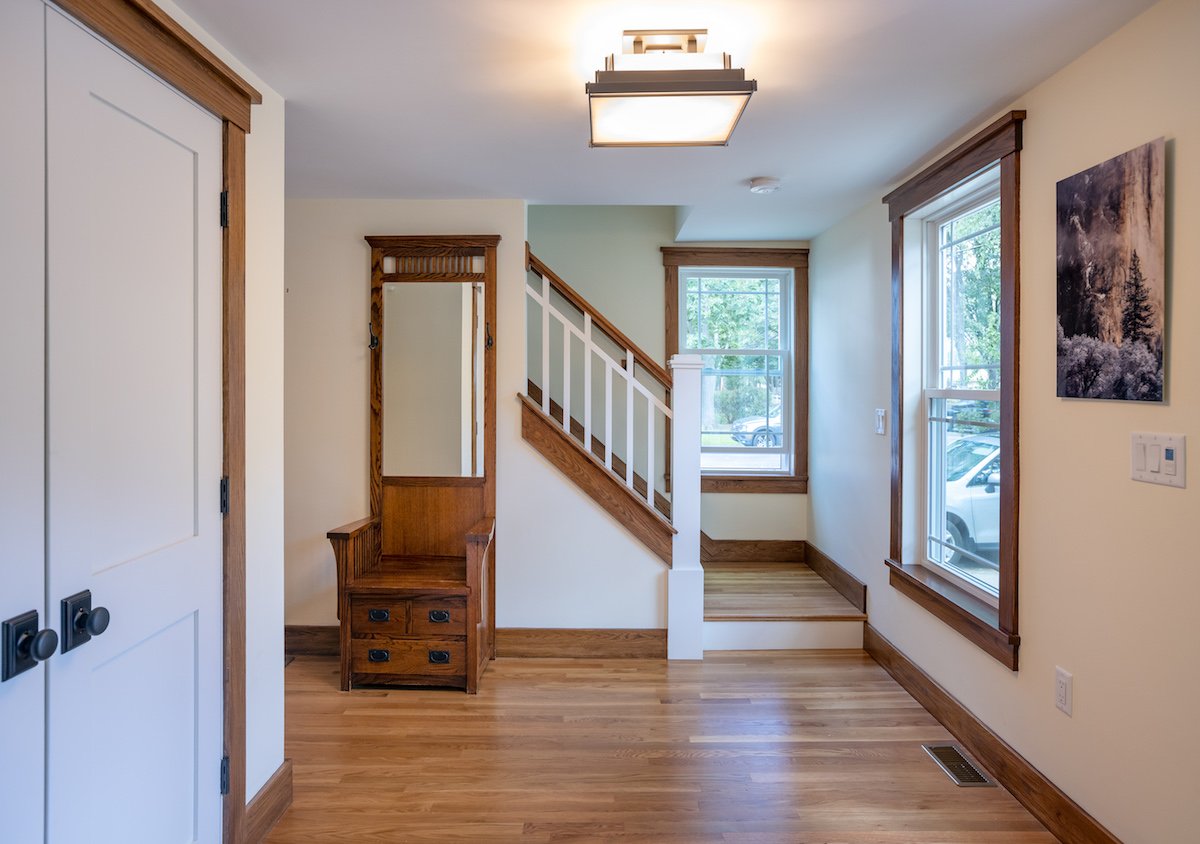
Sometimes a style does not have to be modified or adapted. That’s how we approached this farmhouse with so many Craftsman-style elements. Here we added an entryway closet, using the window and baseboard trim as a template for the new closet trim work. For a bit of adaptation, we also rebuilt a staircase to more accurately reflect the Craftsman style.
In the dining room, which had been the kitchen prior to renovation, we again used a simple mission-style molding for the windows and baseboard trim.
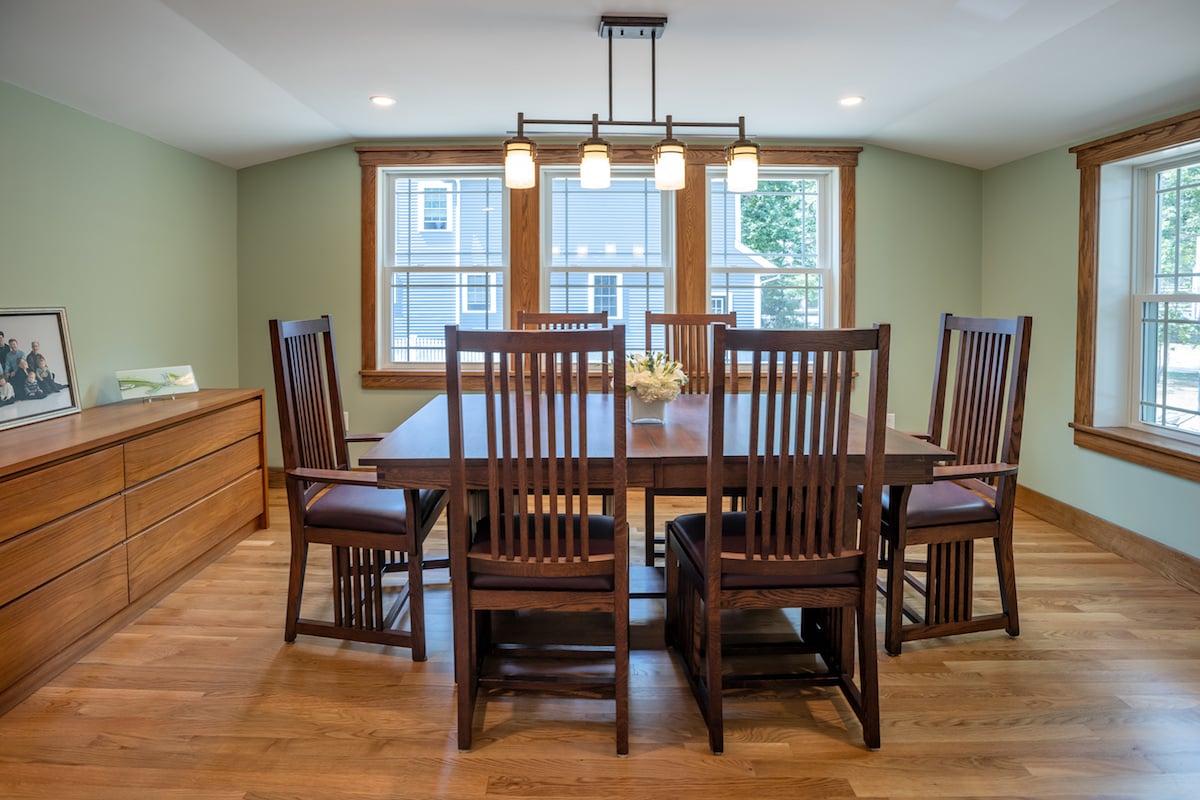
19th-Century Farmhouse
A historic home is likely to have several additions and multiple renovations done over time. Such was the case in this colonial-style home where we kept the original wains panels that ran up the walls in the dining room, painting them the trim color and freshened up the space. We also preserved the stair banister and gave it a rich fresh stain and then painted the beautifully unique spindles and risers.
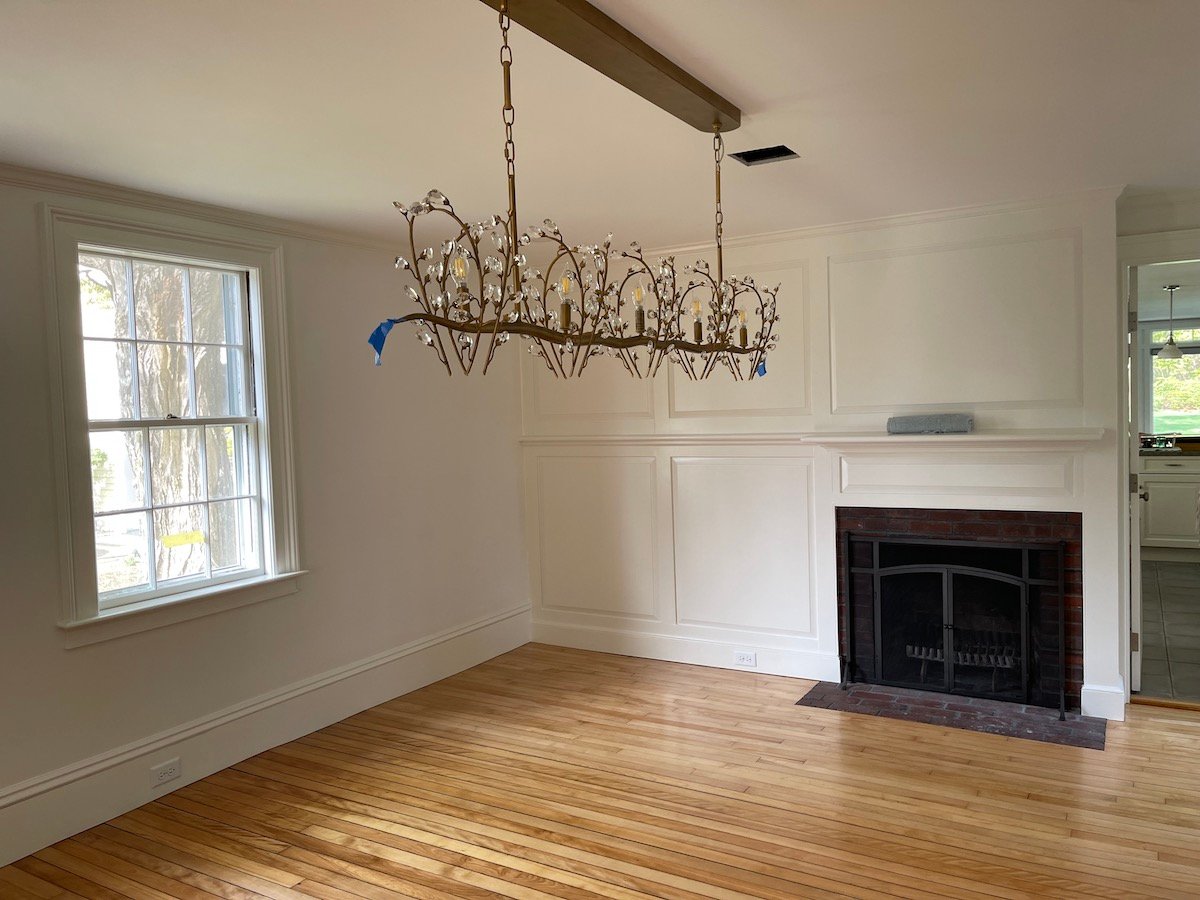
Plumbing Fixtures
A lot can go wrong when trying to blend the character of an older home using new plumbing fixtures. Here is how we solved that issue in a recent project.
Classic Colonial Bathroom
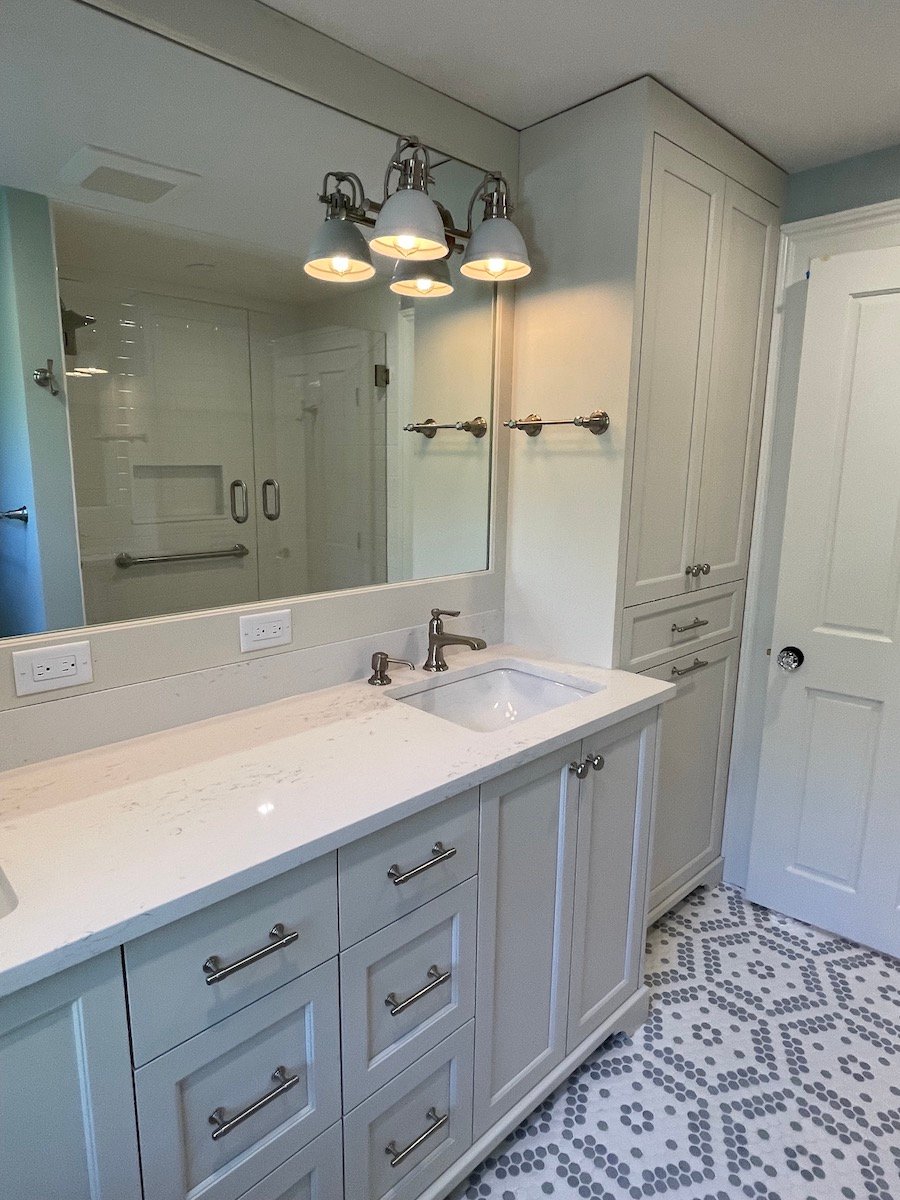
Here, the plumbing fixture is just part of the story we’re telling. Very often the fixtures that might be true to a time period are either very expensive, hard to find, or not as functional as modern options like a touchless faucet. In this guest bath, we chose a classic yet updated approach with a ceramic mosaic floor, and quartz countertops. The traditional faucet and soap dispenser feel right at home here.
Start Your Old Home Renovation Project
Older homes require a special approach in order to renovate with modern materials and product choices. The materials, finishes, and how you use them matters. For a renovation done with longevity in mind, mixing traditional and classic elements with modern materials that either exactly replicate or echo and pay homage to the original material is an effective approach.
To learn more about how to create a timeless look that avoids styles that will clash with the character of your older home, download our free ebook, The Top 12 Things to Know Before Remodeling an Old Home. And if you're ready to begin discussing your older home renovation project, schedule a home renovation discovery session with us.

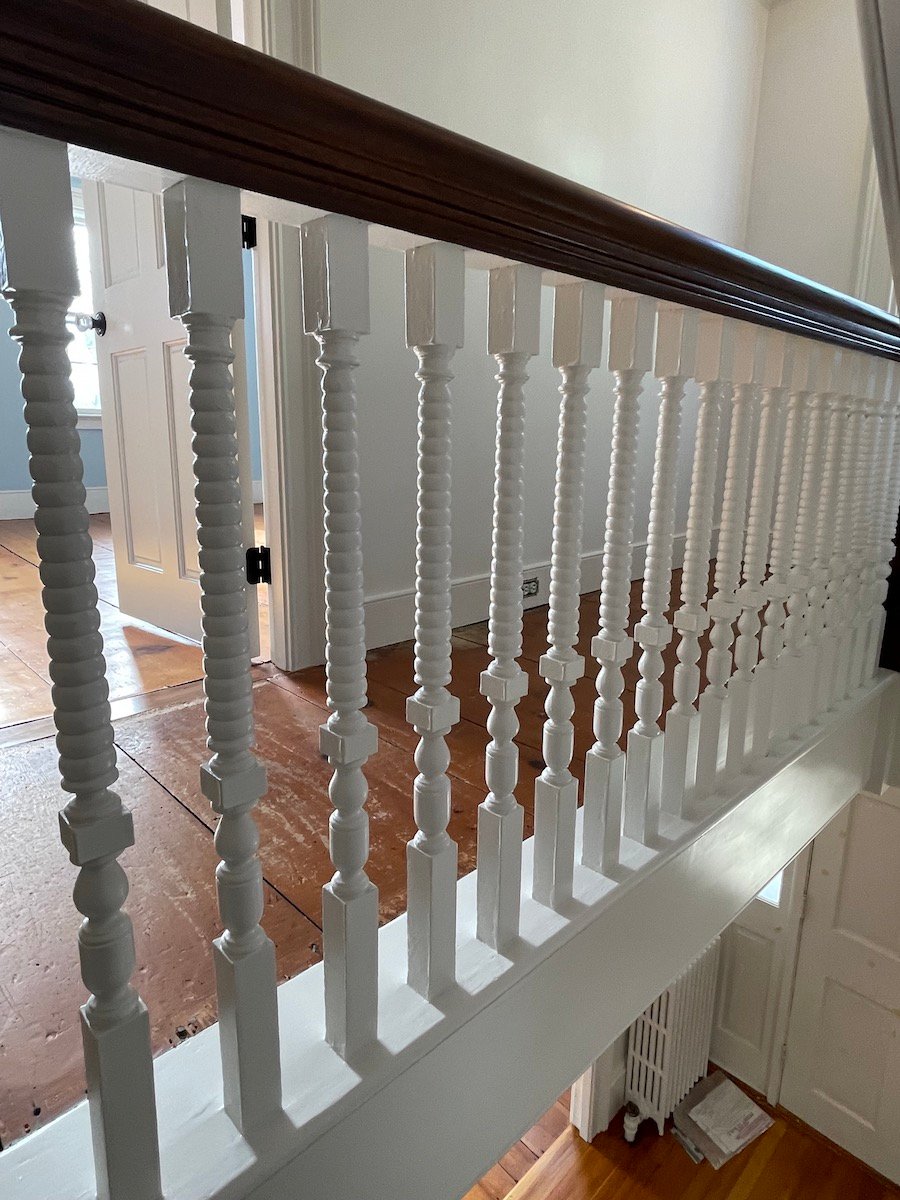

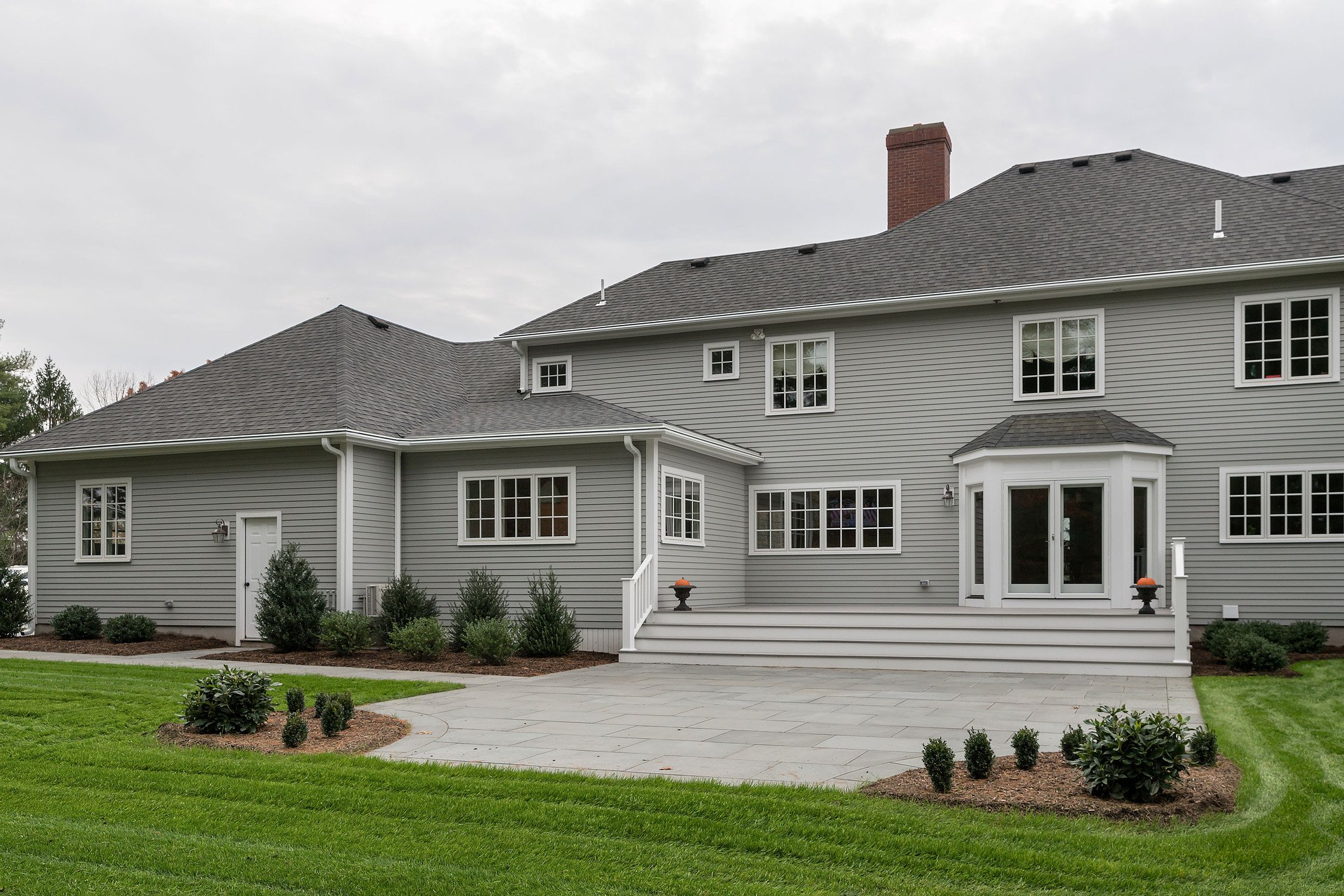
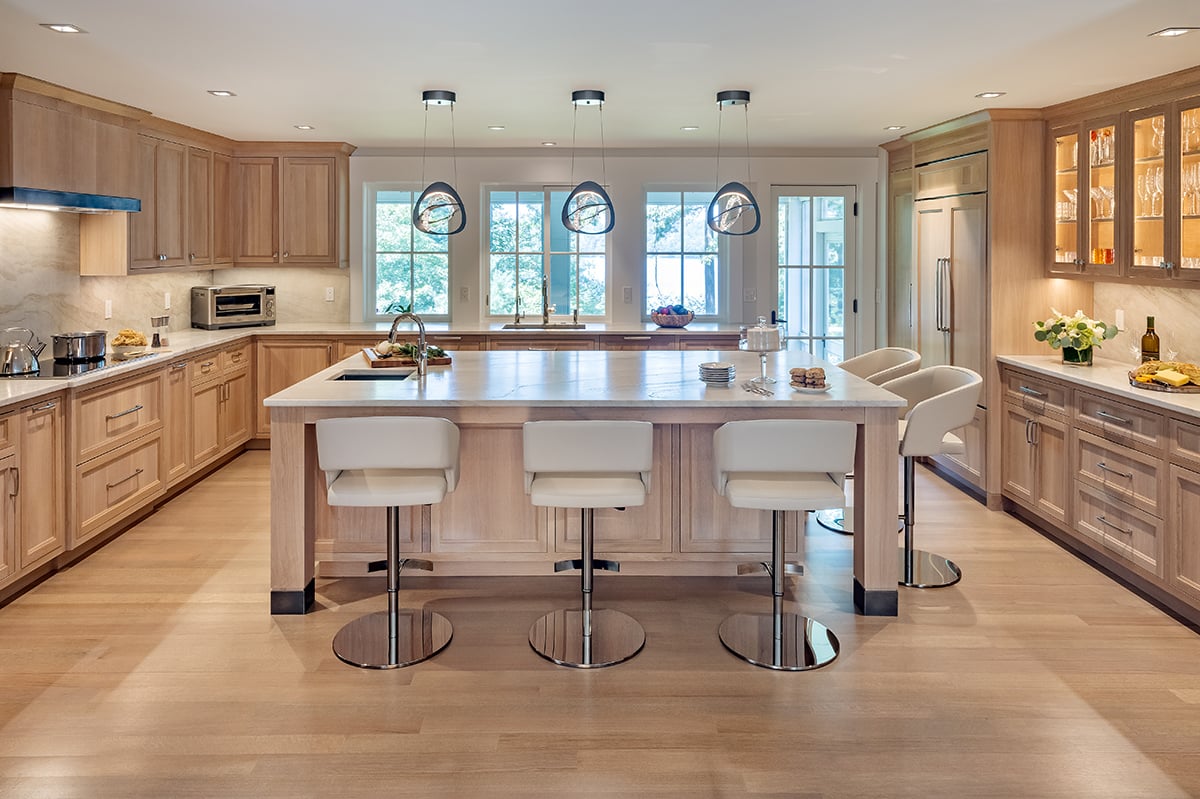
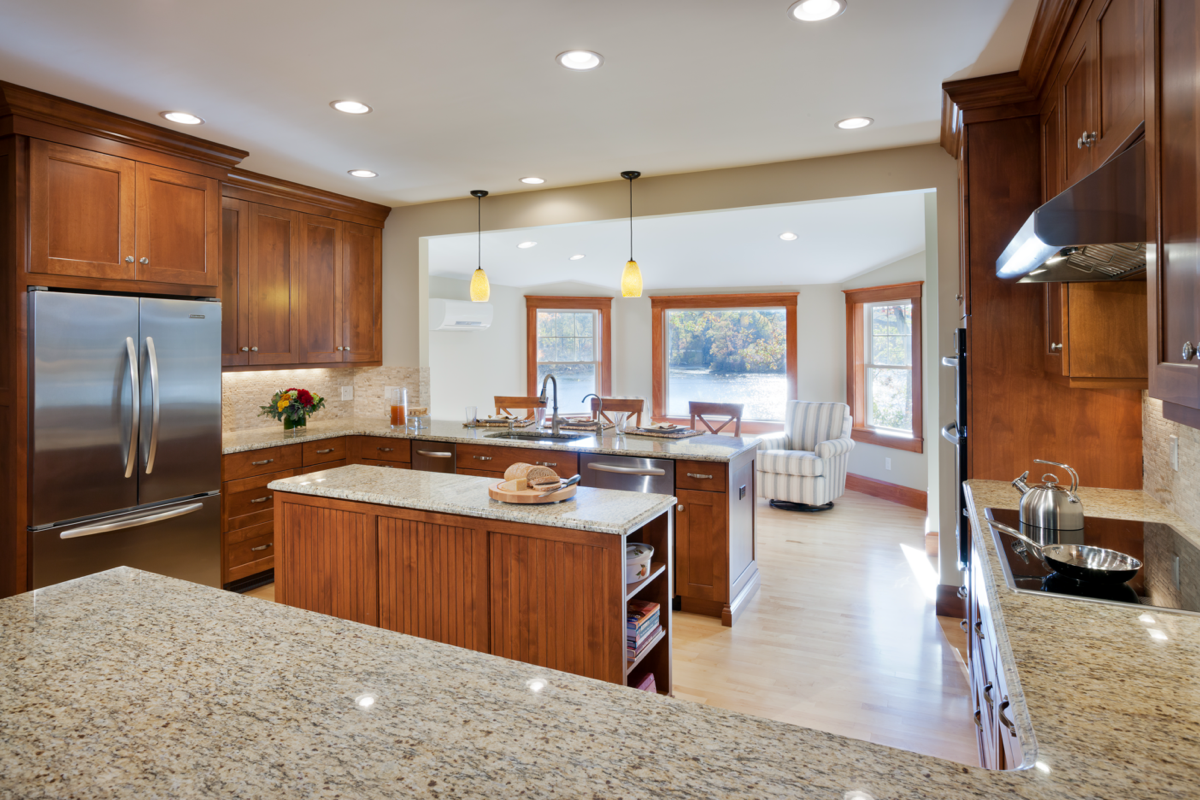
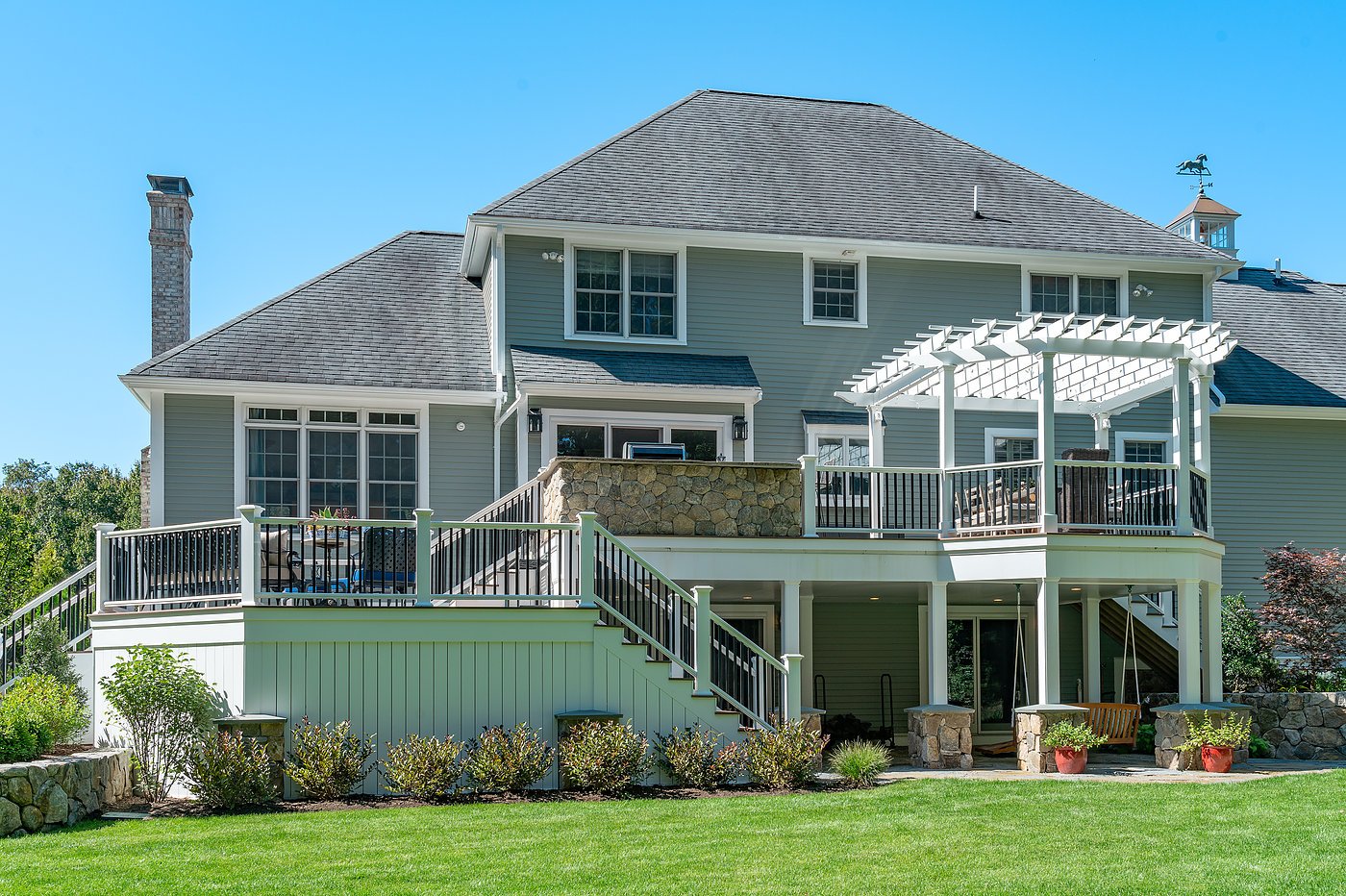
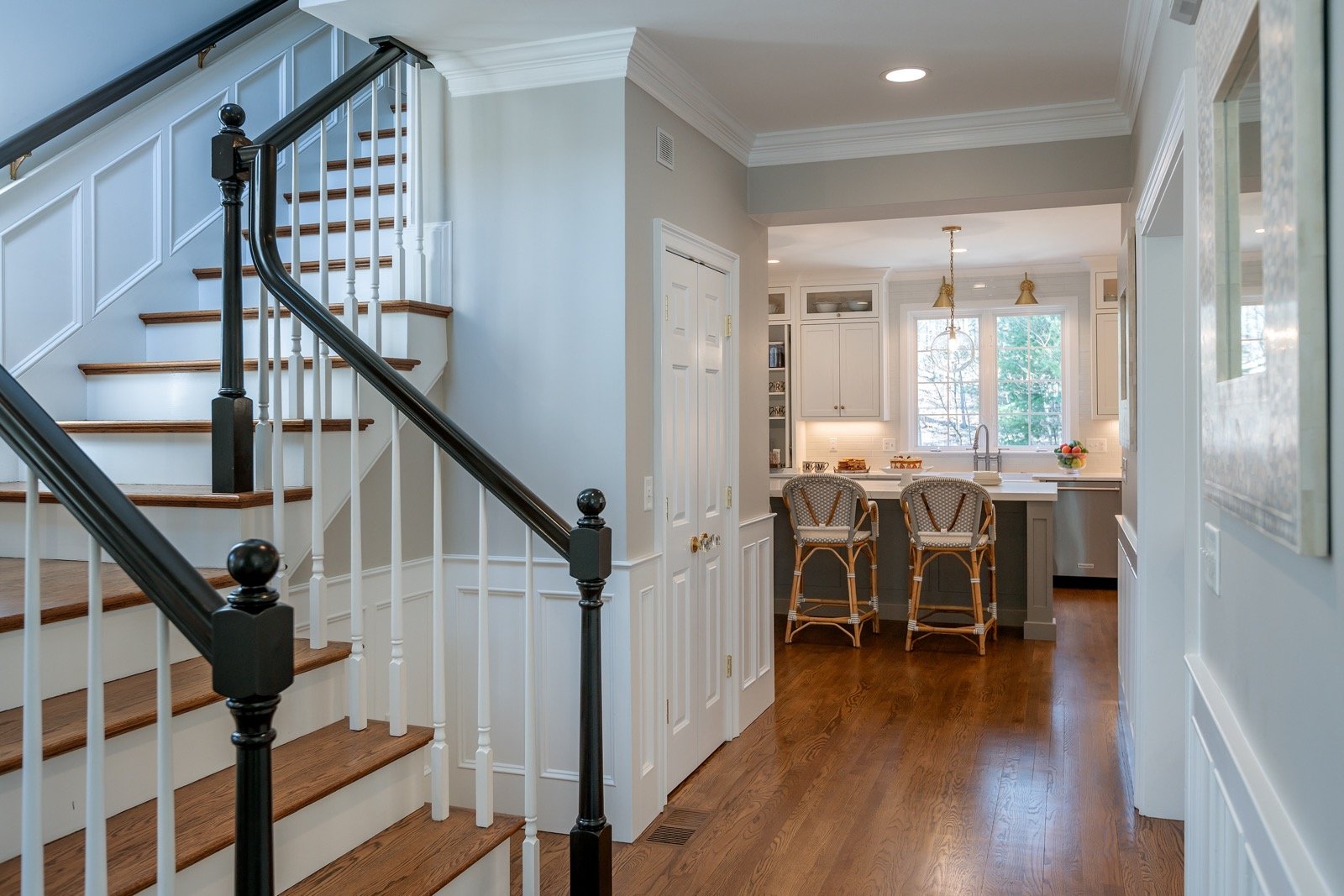
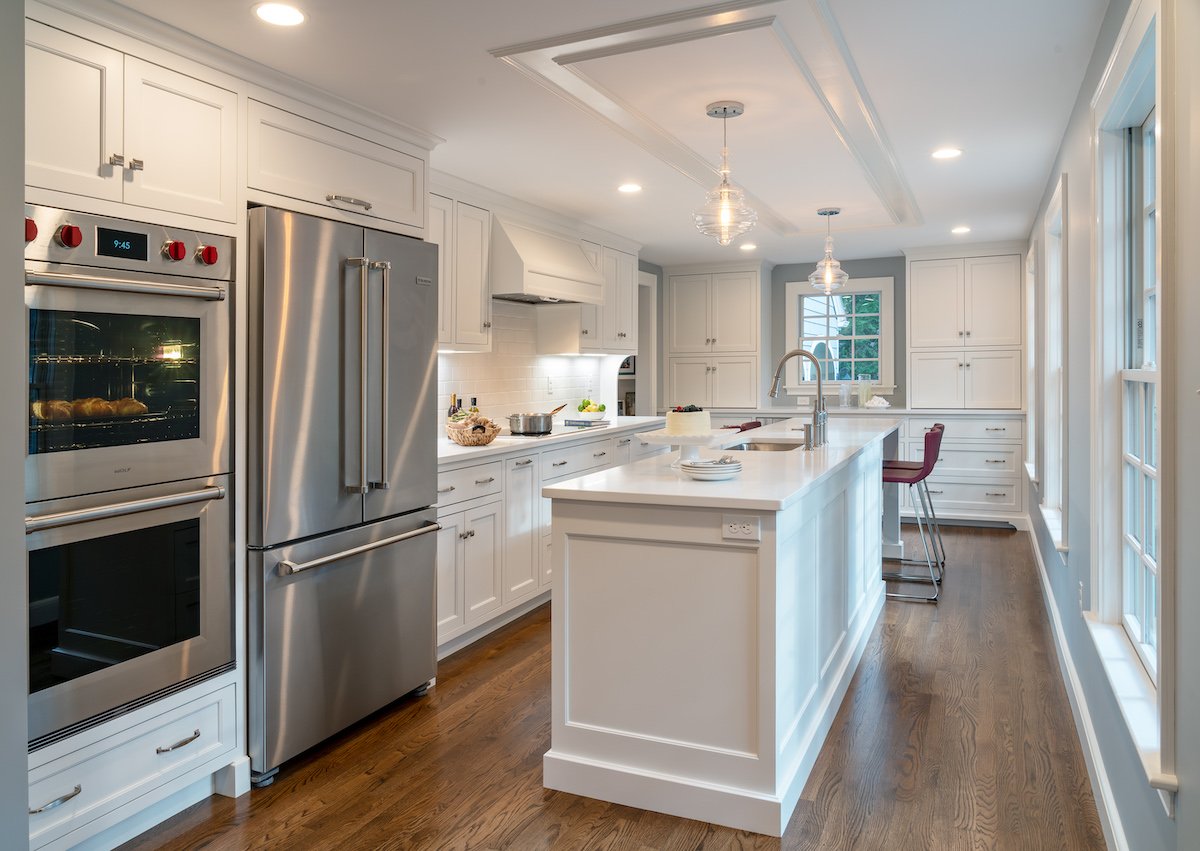
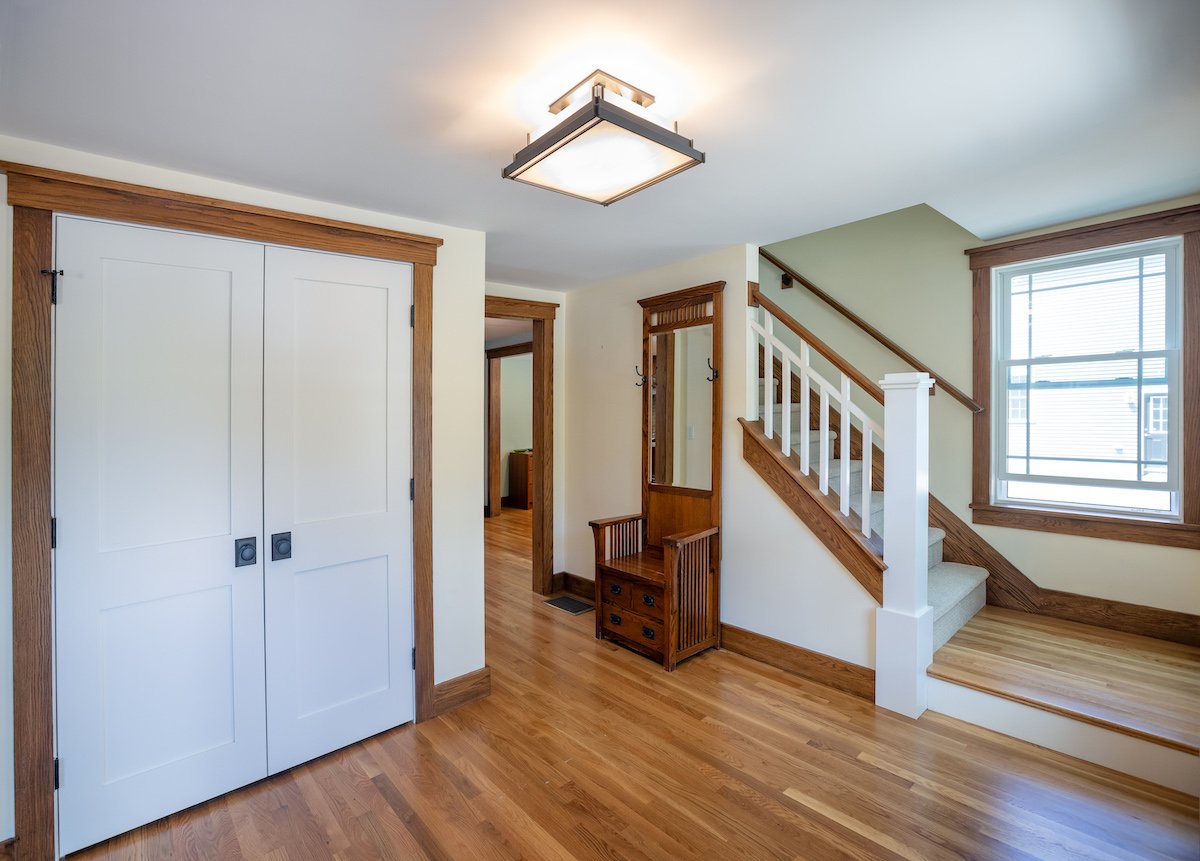
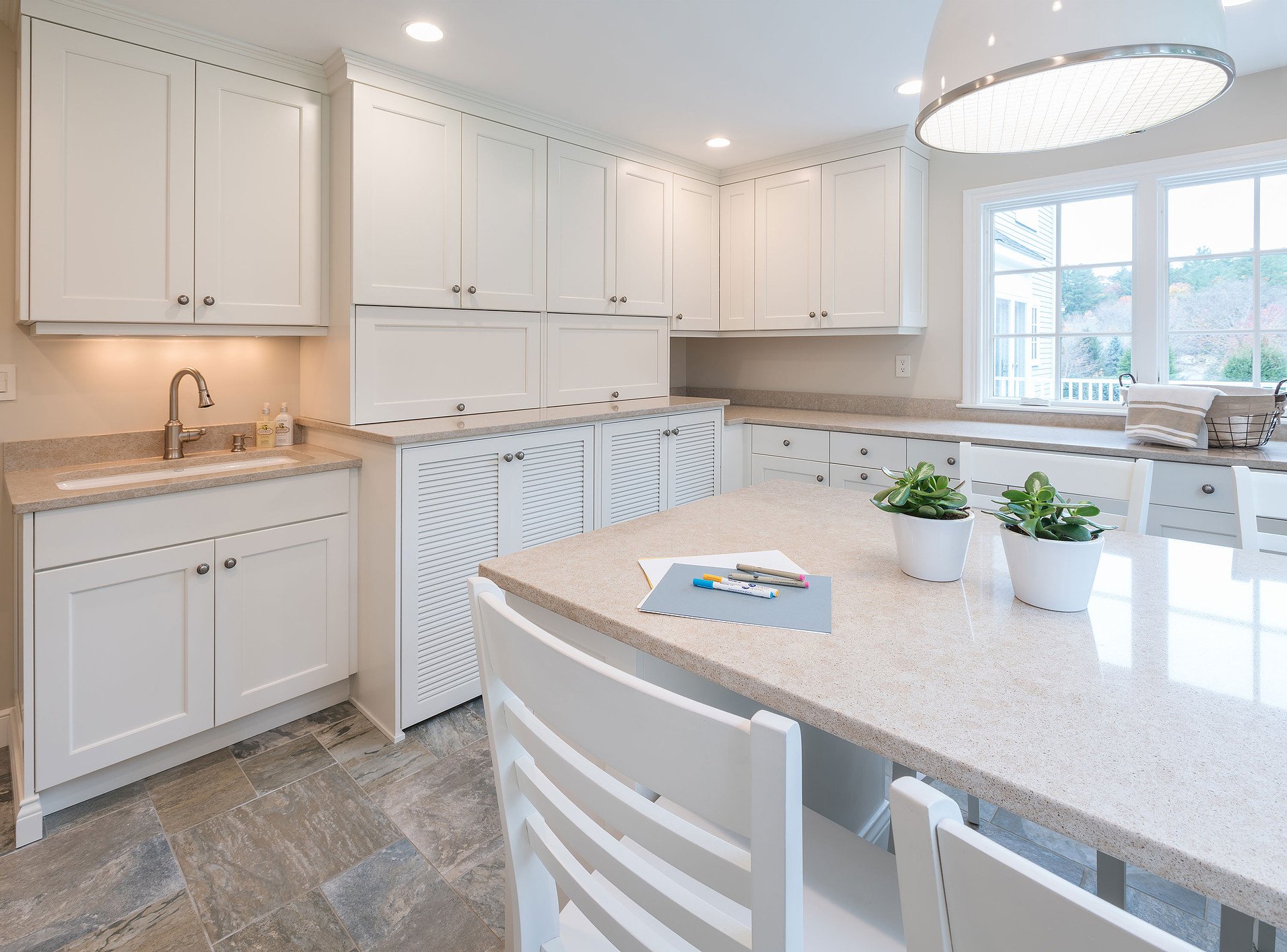
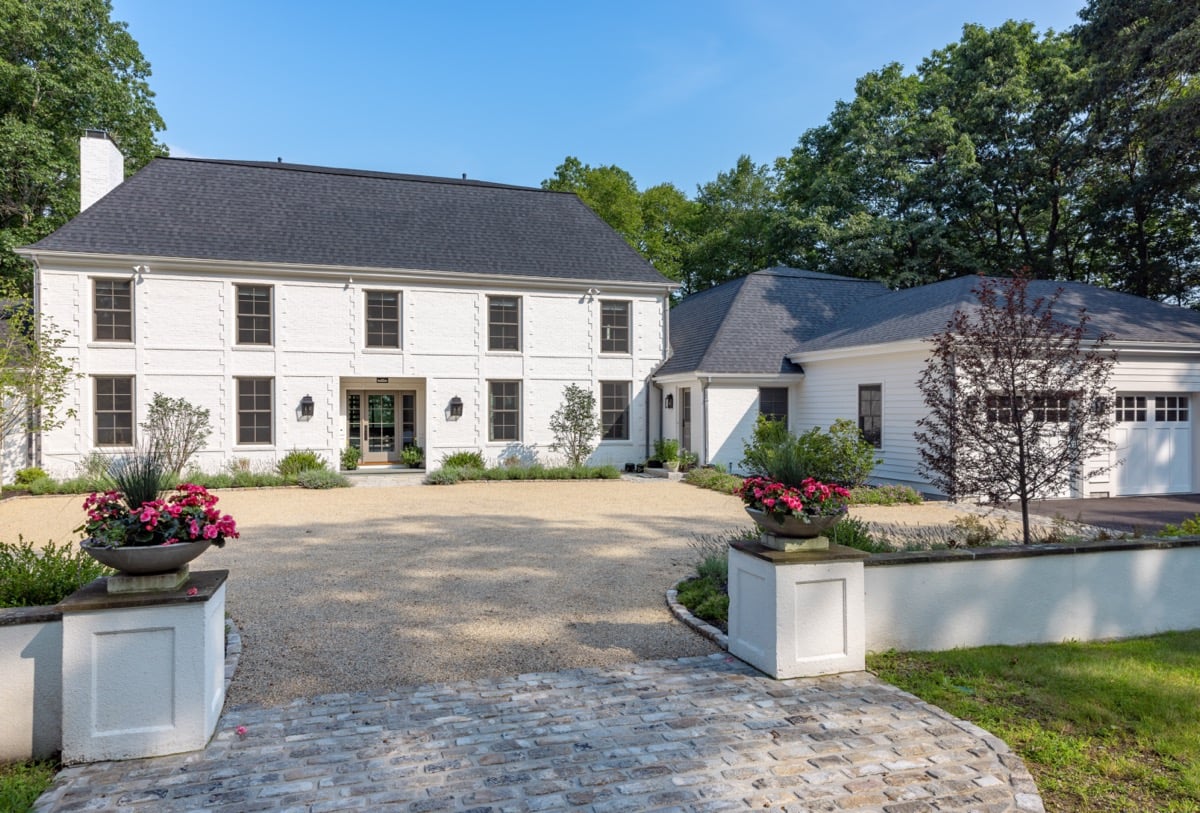

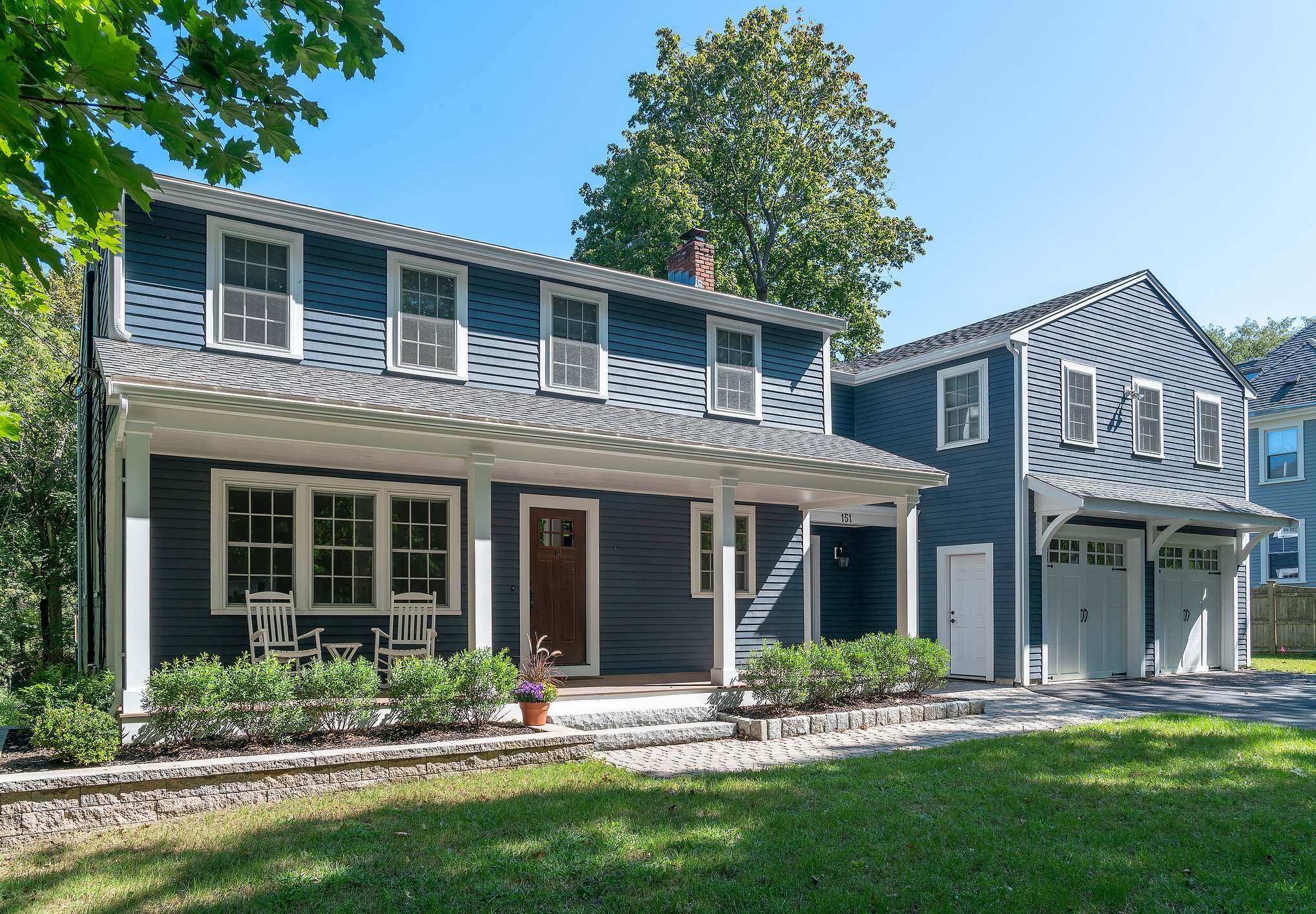
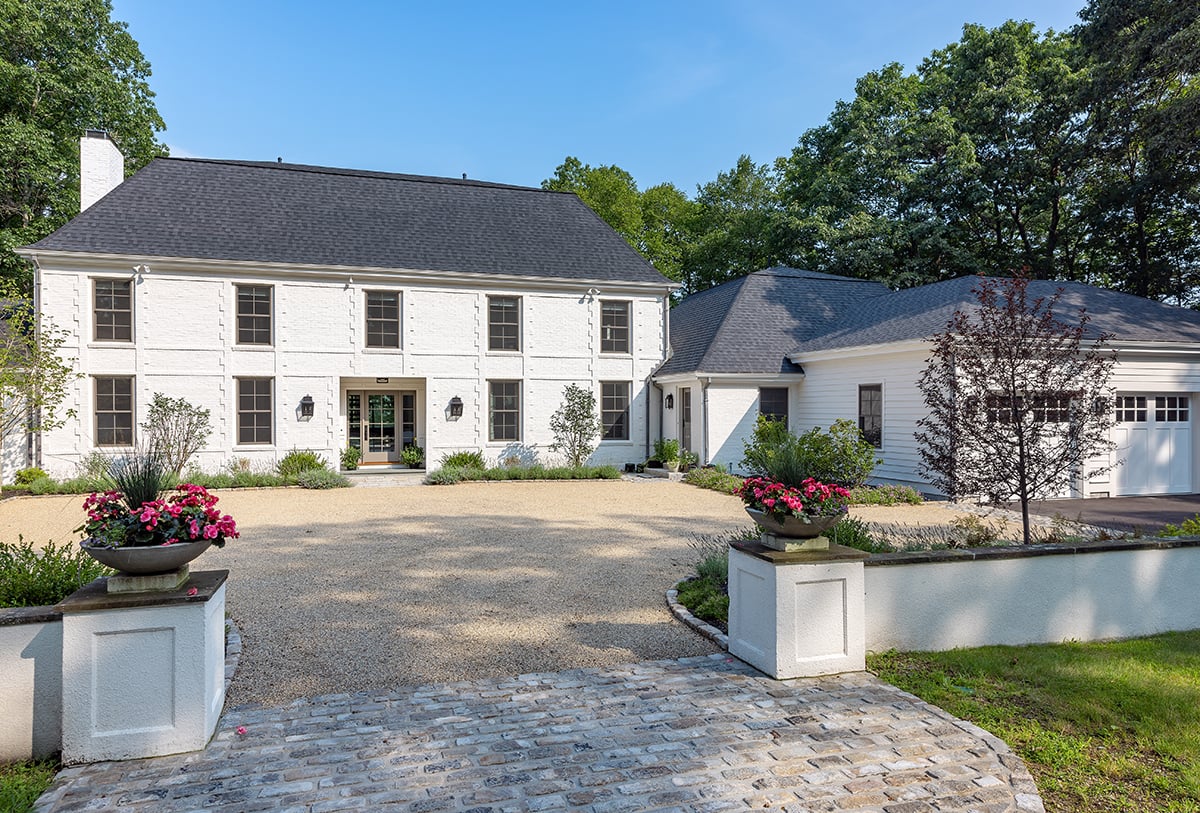
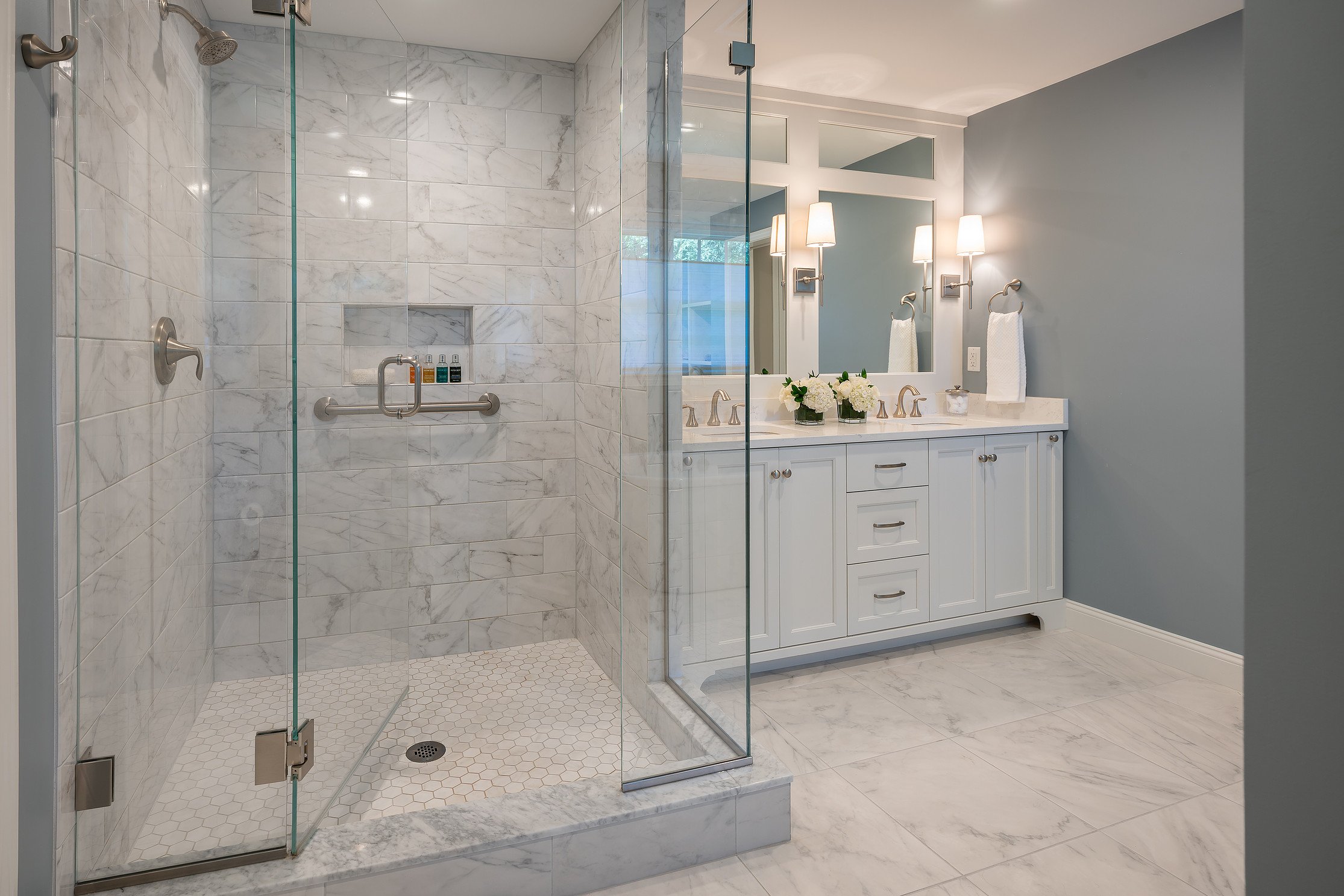
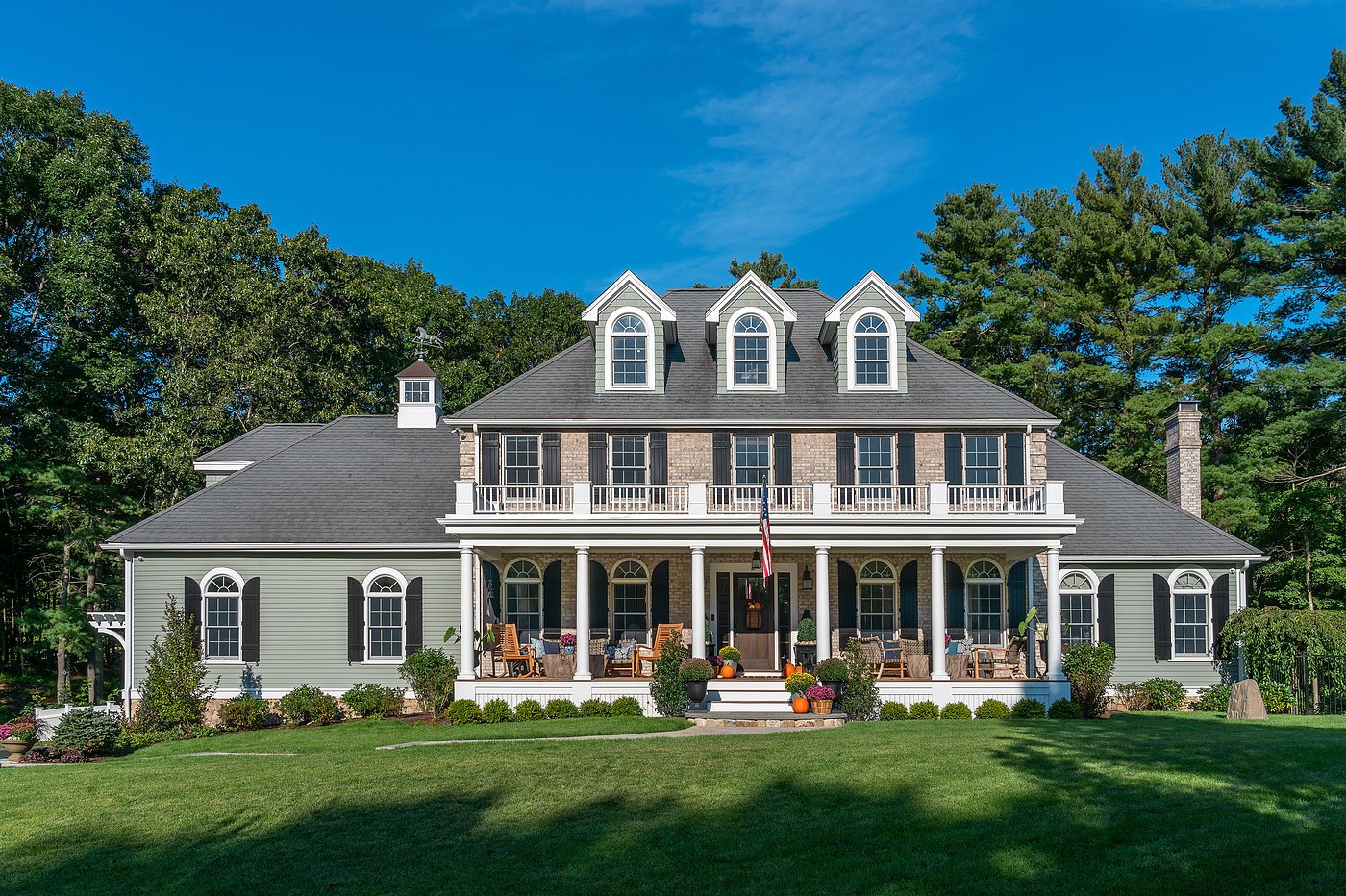
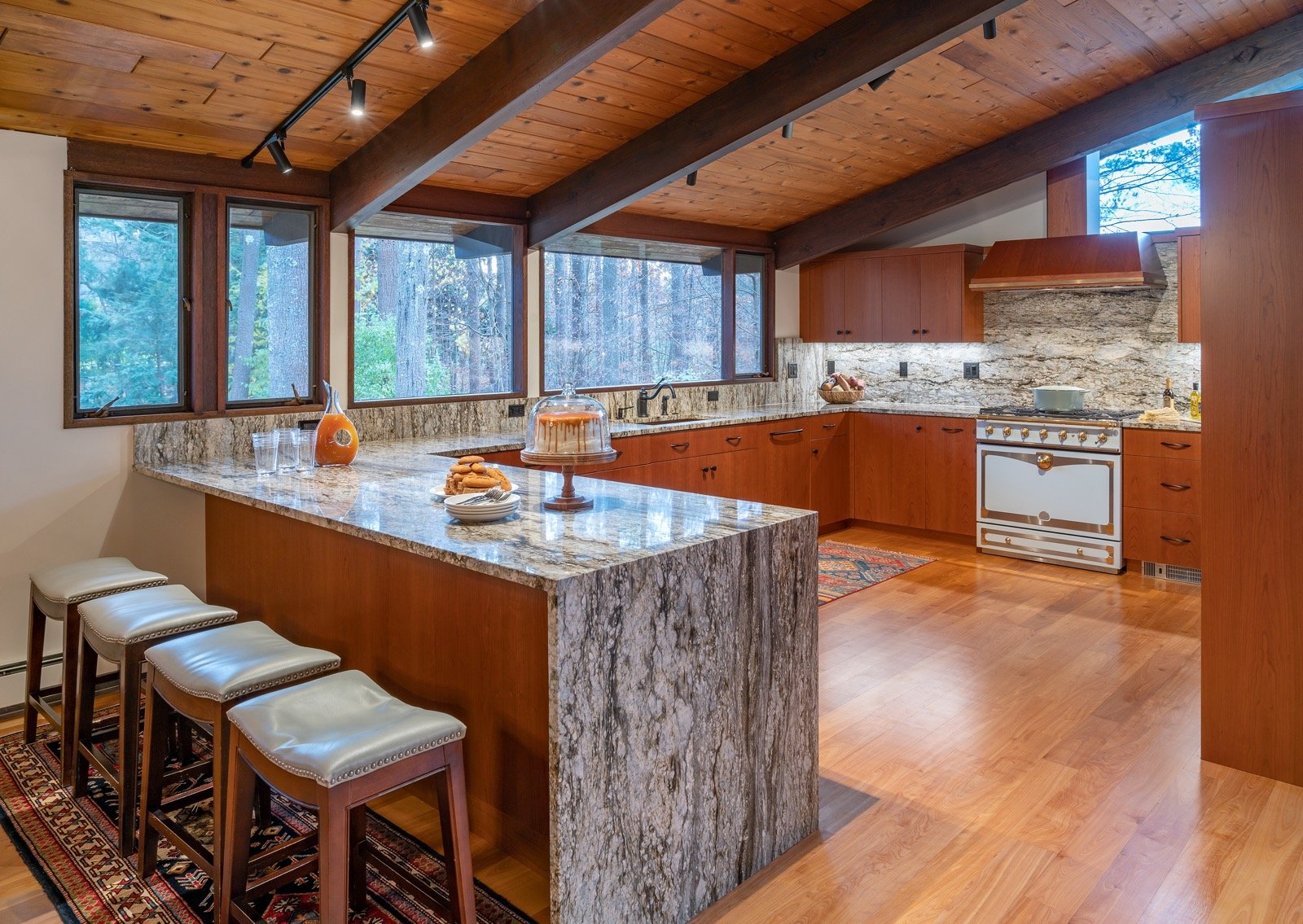
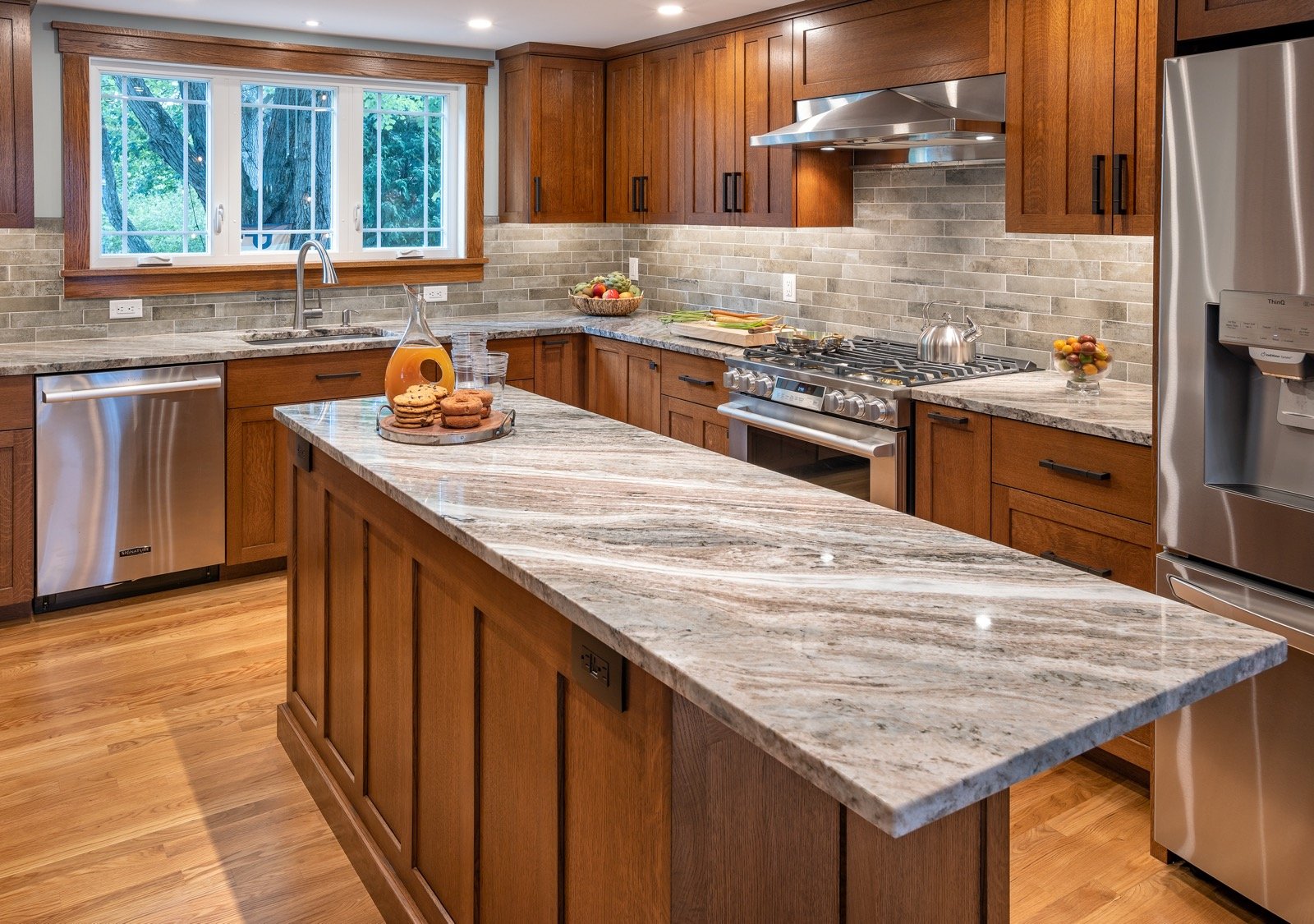
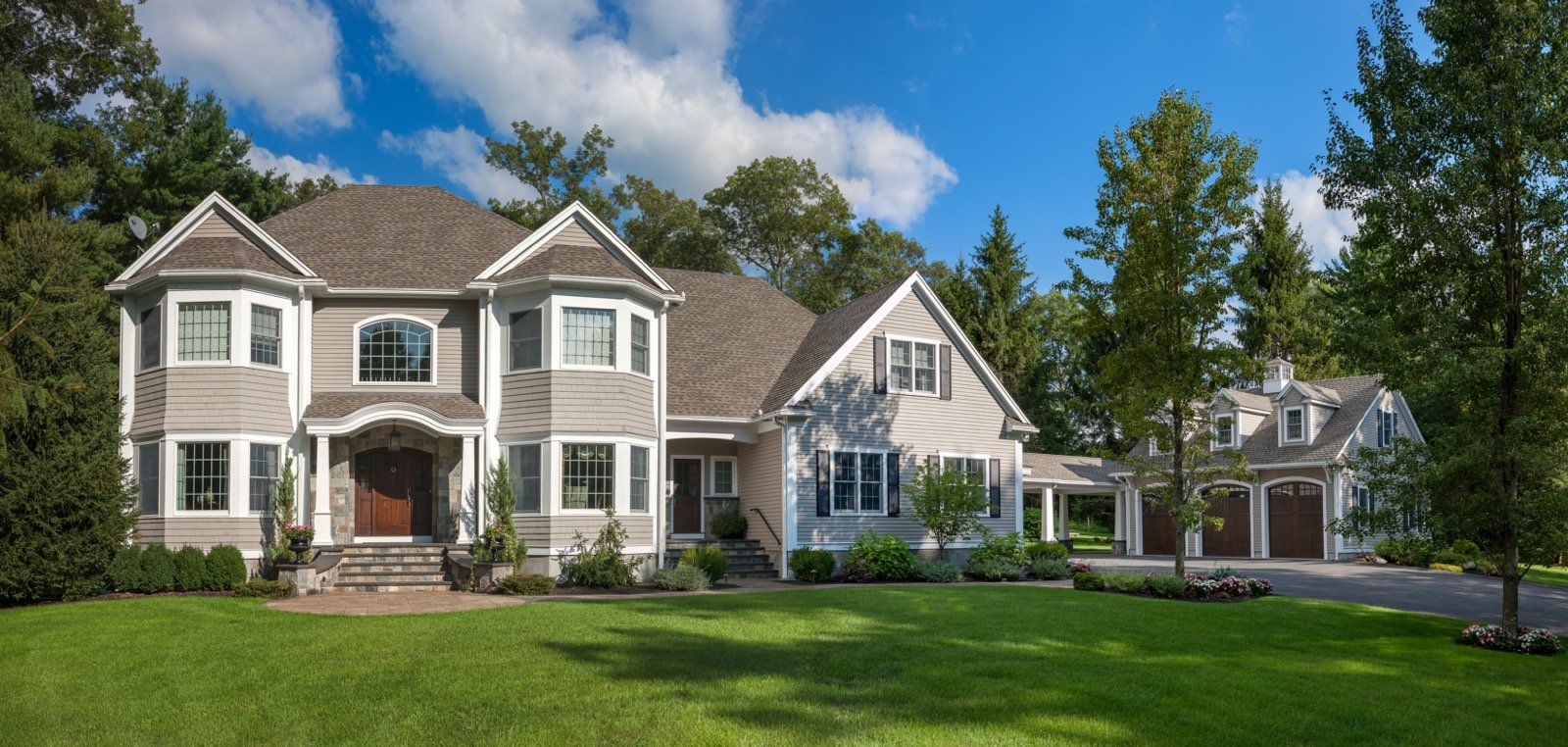
Leave a comment